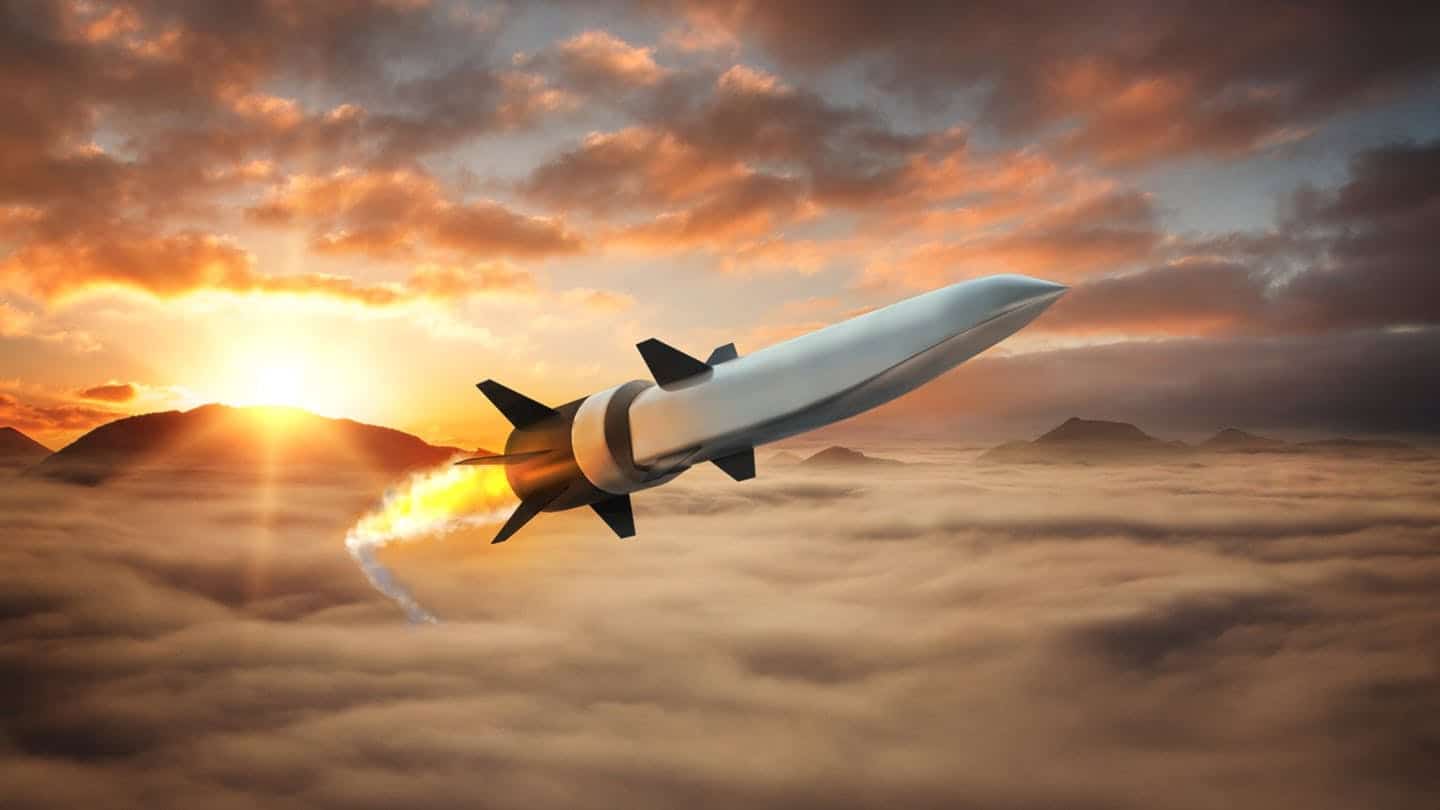Raytheon said Tuesday it has completed the first round of testing of the radar antenna array for the U.S. Army’s Lower Tier and Missile Defense Sensor, a next generation radar intended to counter hypersonic weapons.
The testing follows the U.S. Army selection of Raytheon to build the LTAMDS less than five months ago.
“Concluding these initial tests brings Raytheon one step closer to putting LTAMDS in to the hand of service members,” said Tom Laliberty, vice president of Integrated Air and Missile Defense at Raytheon’s Integrated Defense Systems business said in a statement. “Raytheon and our suppliers partners continue to make the right investments in people, technology and manufacturing capability to ensure we meet the U.S. Army’s Urgent Materiel Release.”
The first round of testing was indoors, in a climate controlled test range with performance evaluation based on simulated targets. The next testing round will be at an outdoor range against real-world targets.
Now that the first round is complete, the antenna array is being mounted on a precision-machined enclosure for integration and further evaluation.
“LTAMDS consists of a primary antenna array on the front of the radar and two secondary arrays on the rear,” which “work together to to enable operators to simultaneously detect multiple threats from any direction, ensuring there are no blind spots on the battlefield, according to Raytheon.
The U.S. Army awarded Raytheon a $384 million contract in October to deliver six units of the LTAMDS radar.
The new LTAMDS radar will replace the U.S. Army’s Patriot radars and operate on the Army’s Integrated Air and Missile Defense network.
Raytheon finished building the first antenna array for the LTAMDS last month.
The U.S. defense contractor was also awarded a $63.3 million contract for hypersonic systems research last year.
Russian officials said in December the country’s first hypersonic ballistic missiles, which travel at the speed of sound, had been put into service, boasting they should be invulnerable to U.S. defense systems.
But the Pentagon has invested millions of dollars in countering hypersonic threats over the last several years, including the U.S. Army awarding Northrop Grumman a contract in December 2017 to replace the Army’s 50-year-old Patriot radars with LTAMDS systems.











